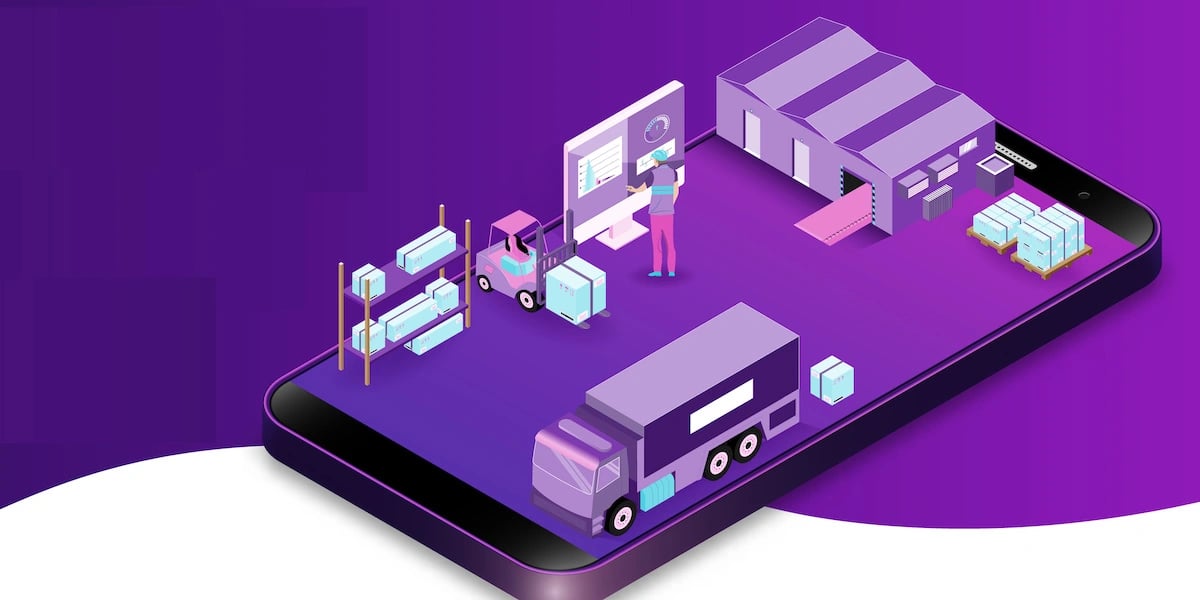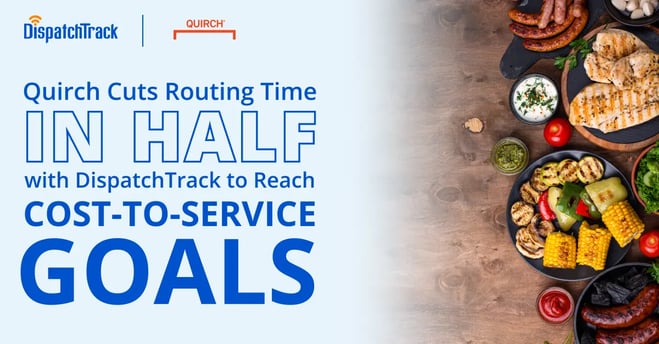SKU proliferation isn’t anything new, but it certainly feels like it’s ramped up considerably in the beverage industry in just the last few years. The last few years have seen the introduction of things like “enhanced” water, hard seltzer, and carbonated beverages of all shapes and sizes into your average grocery or liquory store, and these products are quickly becoming mainstays.

To the end consumer, it looks like all is right with the world: they can stop into their local store and take their pick of options. But for the distributor who has to make this possible, it can cause chaos. Long standing orders that could be reliably managed might have to become much more flexible from one week to the next, with your biggest accounts asking you to store, track, and successfully deliver more individual products than ever before. Sure, sometimes you can just stuff everything into the truck and hope for the best—but sometimes these new and ever-changing asks cause slowdowns, bottlenecks, and overall confusion.
Luckily, things don’t have to be this way. Rapidly changing order mixes are probably here to stay—but the inflexible processes that make it so difficult to deal with new demands flexibly and cost efficiently can be updated to better reflect modern delivery and distribution challenges. With the right fleet management tools and tactics in place, you can keep pace with incoming changes and service your customers with greater cost-efficiency.
How Do Changing Order Mixes Impact Beverage Distribution?
Whenever a new SKU starts to gain traction, you have to ask yourself a series of rapid-fire questions:
- How do I properly store it?
- Can I fit it in my warehouse or distribution center?
- How do I deliver it (i.e. does it require temperature controls, etc.)?
- Will it fit into my existing truckloads?
- How much demand will there actually be for it?
- How much does it cost to deliver? Is it worth it to take on customer orders for this product?
For distributors running on legacy software systems, the answers to some of these questions might be, “we simply don’t know.” If you don’t have a way to easily track delivery costs, for instance, it can be difficult to figure out whether delivering a particular item is worth your time.
This can be especially impactful when some of the items that your customers want to add to the mix are lower cost alternatives to the products you were delivering last week. It costs the same amount to deliver a case of Topo Chico as it does as a case of generic sparkling water, which makes it even more crucial to ensure that your delivery process is actually cost-efficient.
For businesses that only route once a year or so, the temptation is often to answer these questions by just “making it work.” Usually you can stuff a few extra items onto the truck without all hell breaking loose, and obviously keeping the customer happy is top priority—especially when it’s one of your larger accounts. But this can also result in potential disruptions. If the new product mix adds to the unloading time your driver takes on site (or if an overstuffed truck is harder to unload), your delivery schedules on those days can start to get tenuous. On the other end of the spectrum, when loading up the truck at the warehouse becomes more complicated, your drivers may get a later start and risk late deliveries.
And this is before we even begin to talk about costs. If you’re not rerouting with any regularity, every new change in customer demand and order mix has the potential to make your distribution plans less cost effective. Margins are small, and other delivery costs (e.g. fuel prices) are already going, which means the impact of being reactive instead of proactive with your strategic planning can be significant.
What Can Distributors Do to Manage Costs Amid Changing Customer Demands?
The more order mixes change, the more important real, responsive delivery optimization becomes. Distributors need to be able not just to adapt when new circumstances come their way, but to optimize their responses to those changes to make sure they actually work for customers and the profit and loss sheet.
What does this look like in practice? For starters, it looks like rerouting every few months, rather than once or twice a year. This way, your delivery plan each week hews a lot more closely to what’s optimal for the deliveries you’re actually making, not the deliveries you expected to make as of six months ago.
Beyond that, it looks like leveraging smart routing technology to make adjustments when your customers’ orders change. The advantage to leveraging technology rather than doing it by hand is that, at least with an AI-powered platform, you can predict the impacts of your updates in order to make sure you’re making changes that actually make life better.
Ideally, whatever platform you’re using to make these routing adjustments will also enable you to visualize cost predictions at the stop, route, and customer level. You obviously want to be able to maximize profitable stops and minimize deliveries that aren’t worth the time and fuel—but it’s impossible to do that without a cost baseline for your existing deliveries.
Conversely, with the ability to make adjustments without requiring a full reroute plus costing capabilities that give you hard numbers to attach to every delivery decision, you can build a more flexible, resilient distribution operation. You can make rational, informed decisions about how to adjust your delivery runs to accommodate new product mixes. In short, you can do more of what works and less of what doesn’t even when customer demands are volatile and day-to-day delivery needs are hard to predict.
Why Legacy Technology Will No Longer Cut It
Sure, optimization is the best way to keep delivery costs in check as the market gets more unpredictable and SKUs continue to proliferate. But how do you make that happen in practice? For starters, legacy routing technology is not going to cut it.
Staying agile and adaptable as beverage distribution becomes less predictable will require you to be able to route more frequently and make adjustments to existing routes without losing efficiency. Old-school, on-prem routing solutions that require a team of experts to coax plans out of make that virtually impossible. At the same time, the lack of connectivity and interoperability that you get with on-prem logistics software deployments makes it much harder to create connected workflows with visibility across functions (e.g. delivery, sales, warehousing, and merchandising). The result is that one hand doesn’t know what the other is doing—but in all likelihood neither one of them is doing something that’s optimal for the circumstances.
Instead of settling for technology that can’t move as quickly as the industry itself, beverage distributors need to start upgrading to true SaaS technology with the processing power to create smarter routes in a fraction of the time. If you can pair powerful technology that can run what-if scenarios in minutes with intuitive UX design that makes it feasible to reroute on a moment’s notice without bringing in a team of experts, you can tackle rapidly-changing product mixes head on. You can answer all the questions we posed in the first section quickly and accurately, and you can make smart decisions that can be easily adapted as needed. In other words, you can provide customers will stellar service without letting costs spiral out of control.
